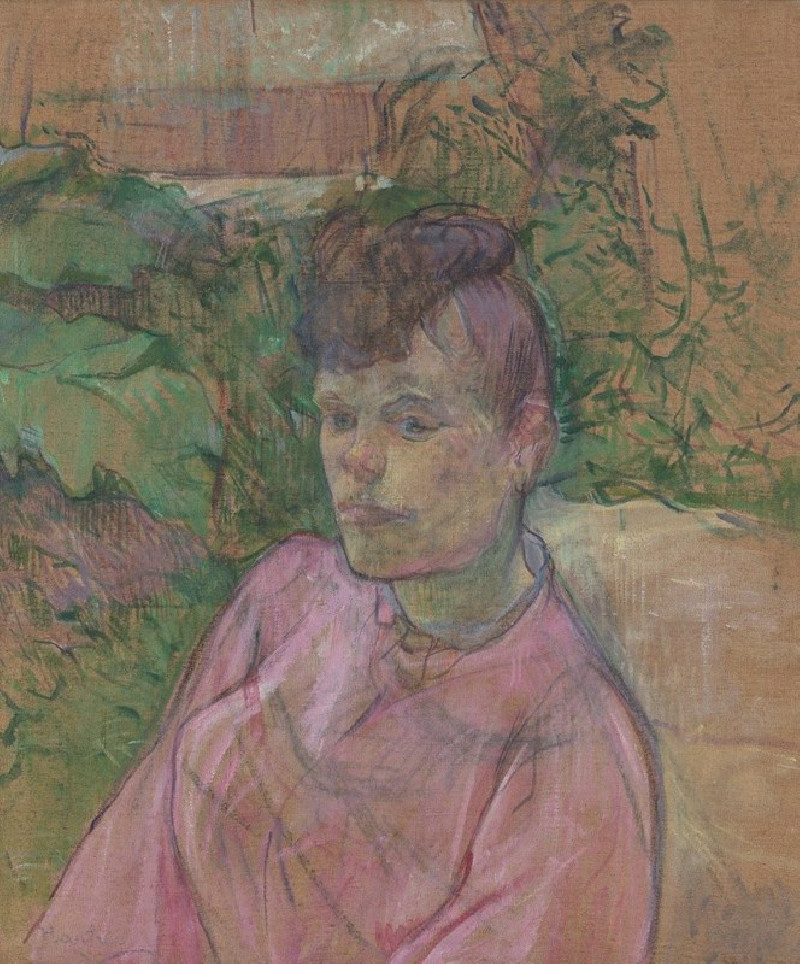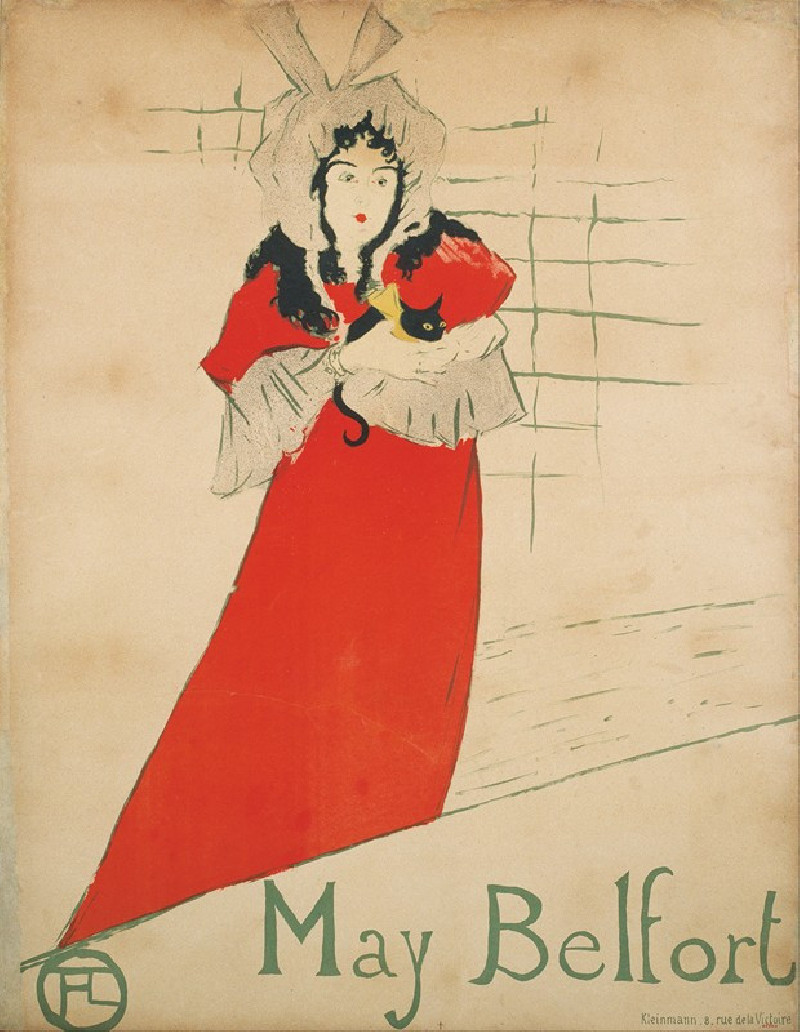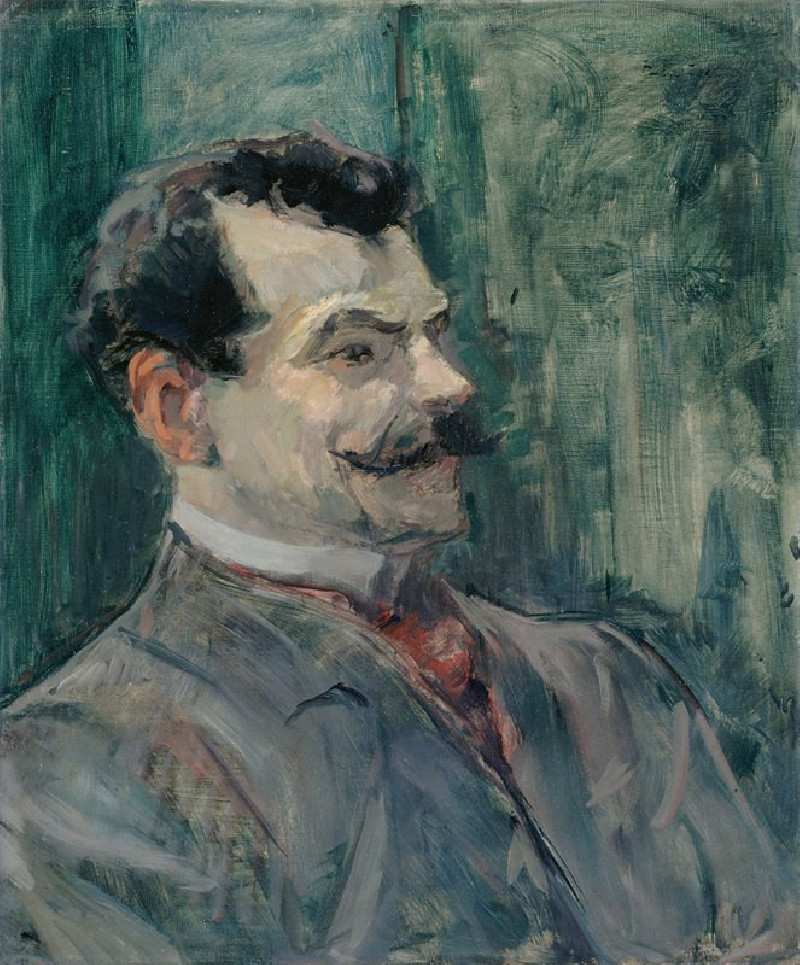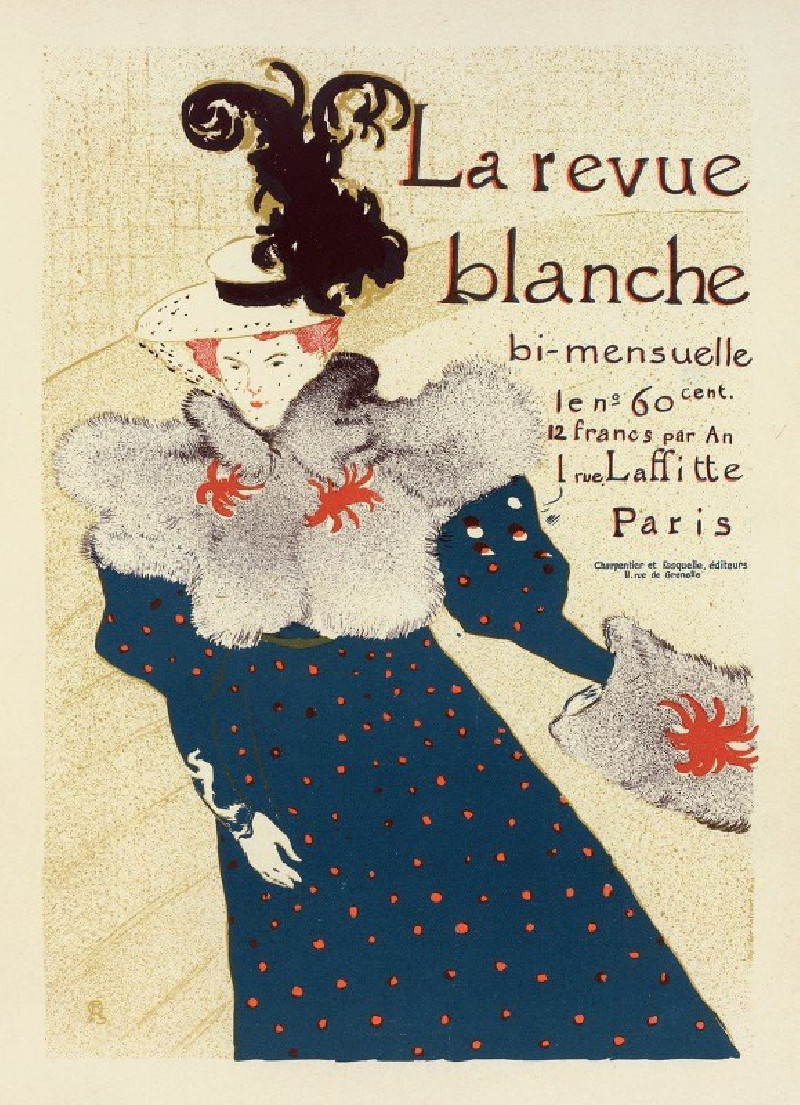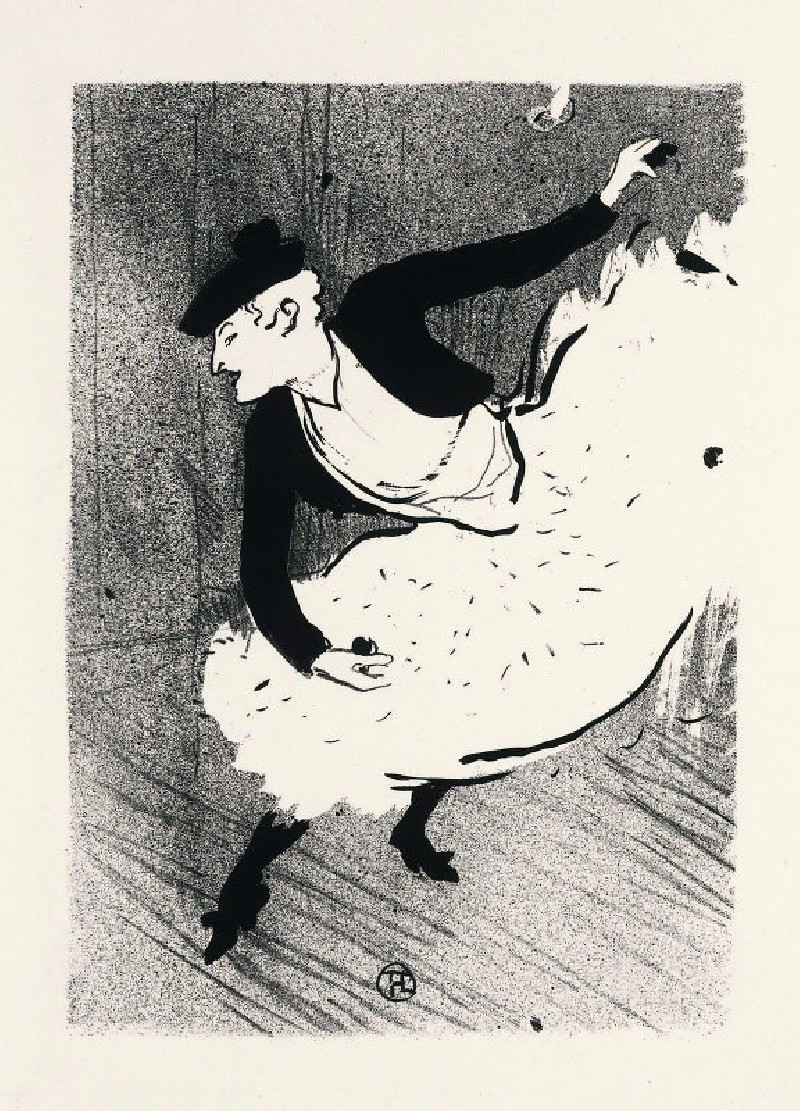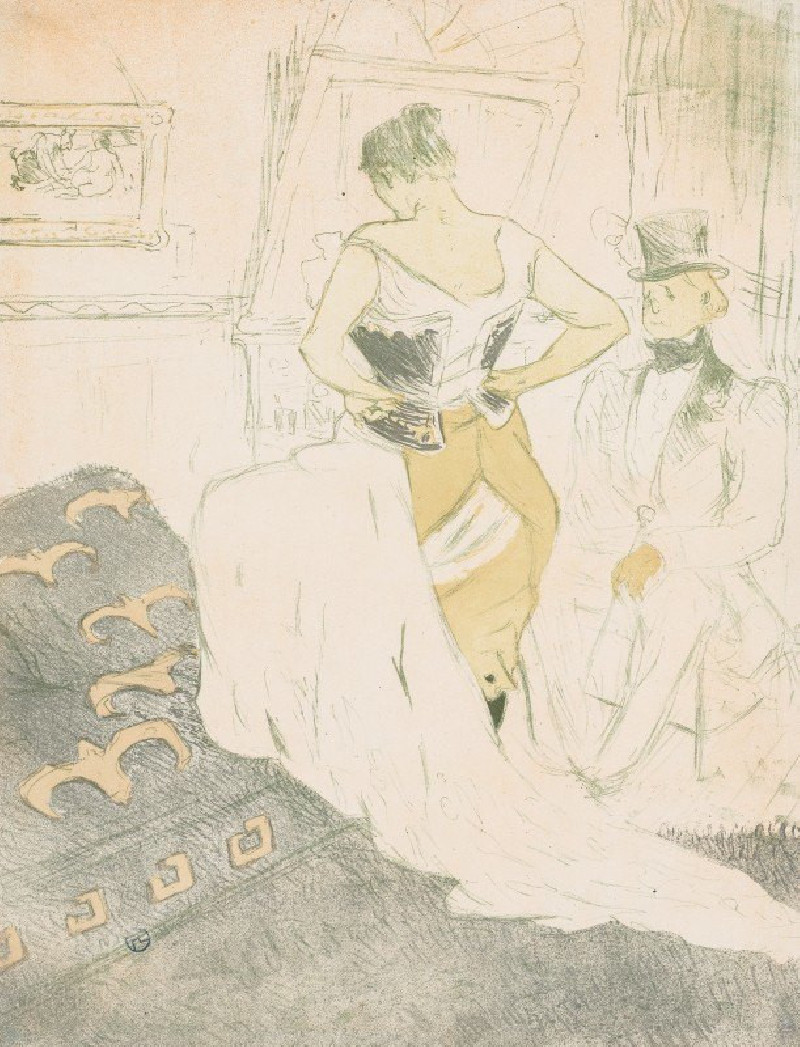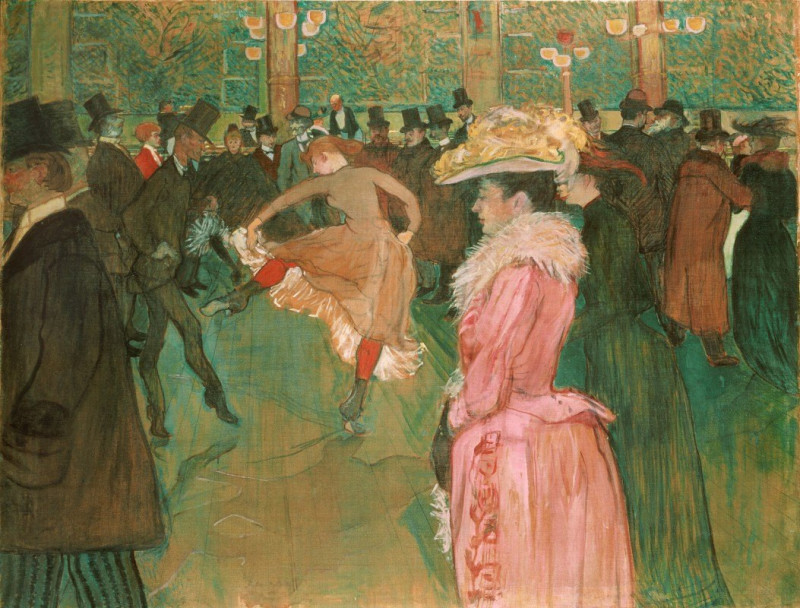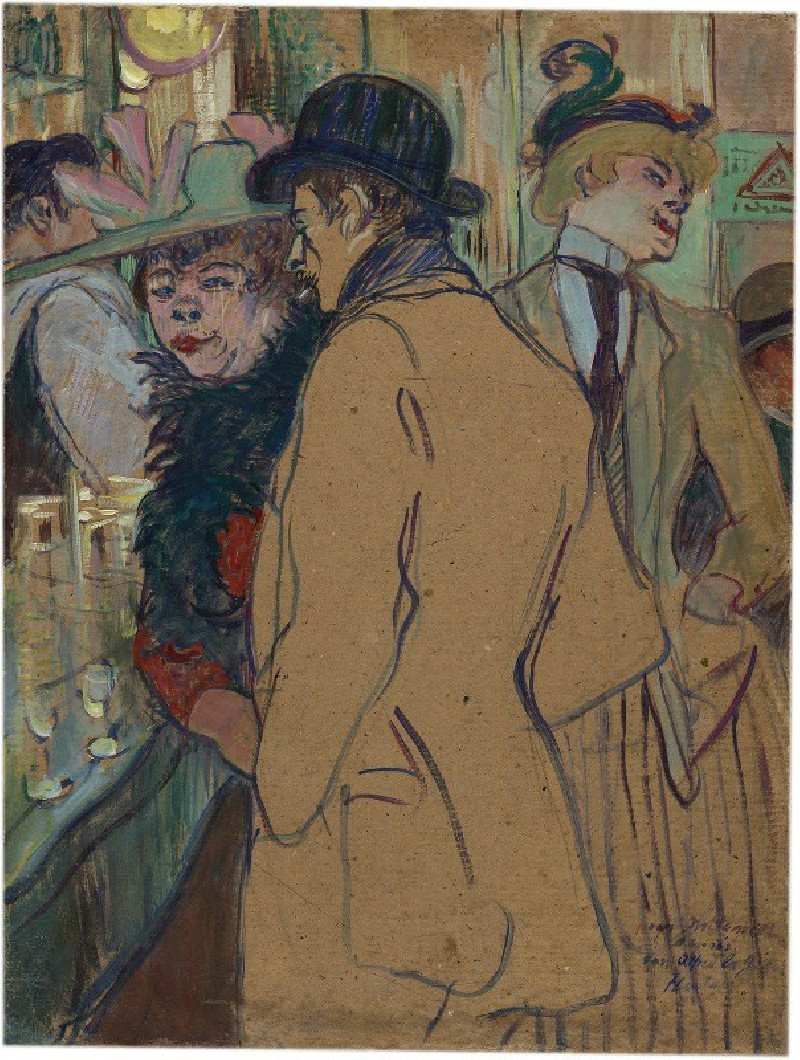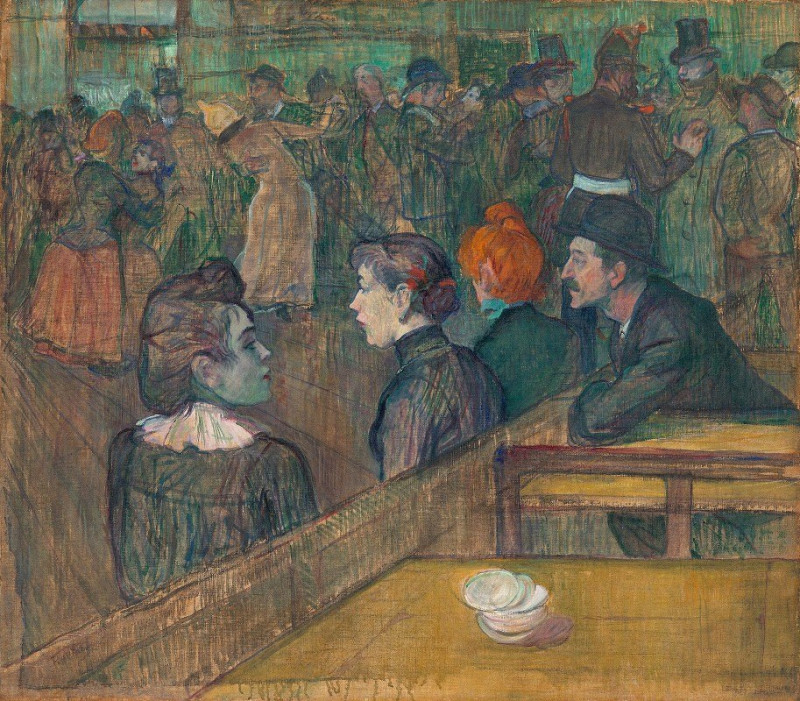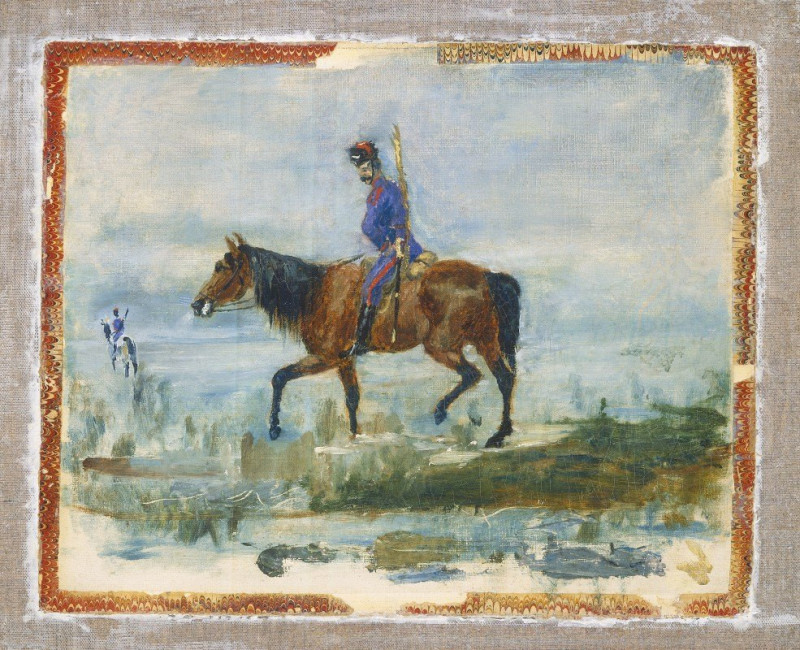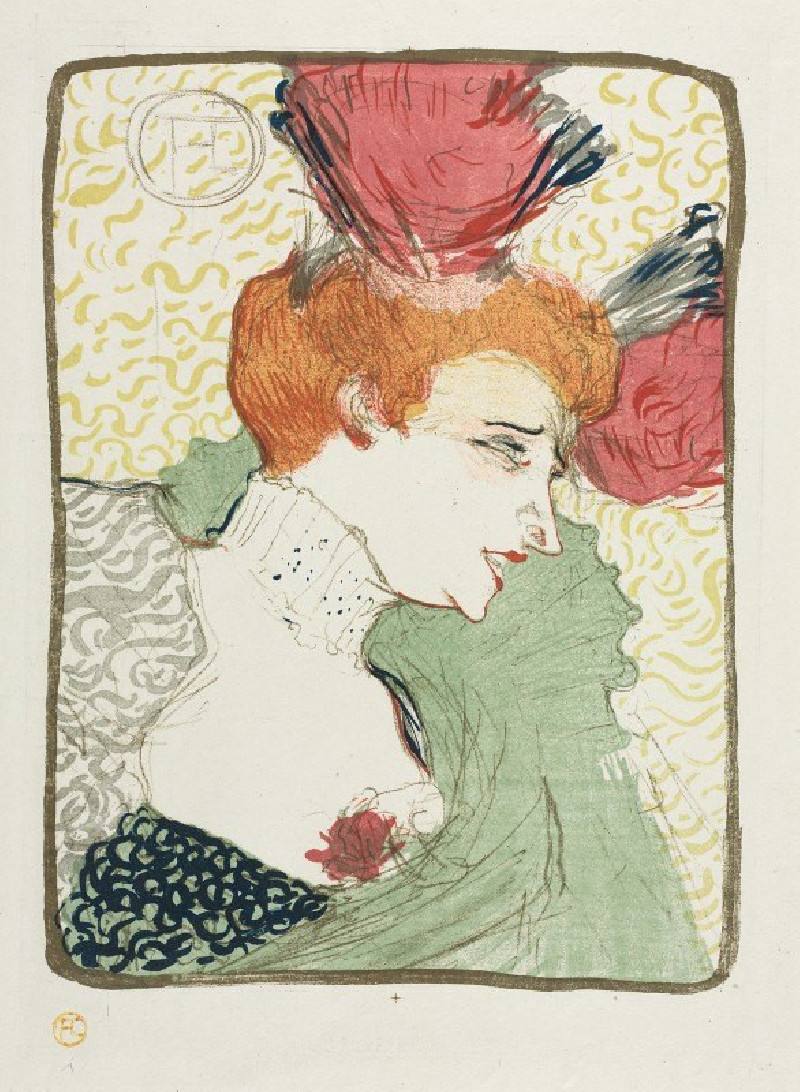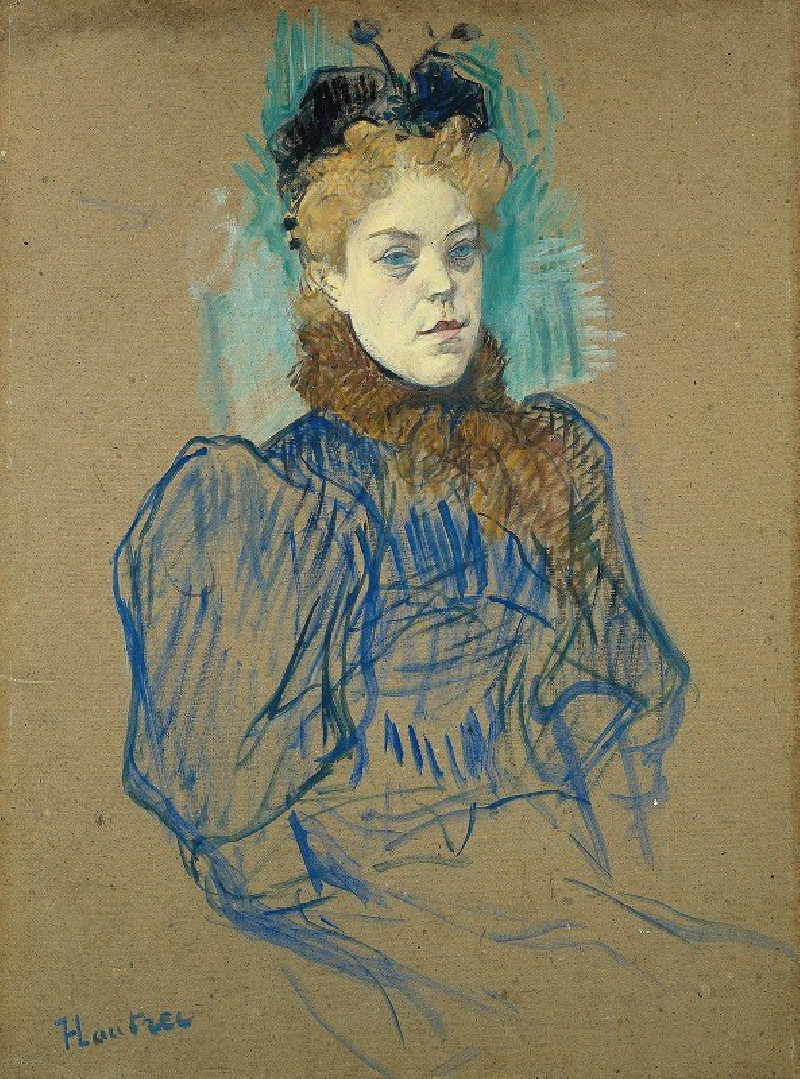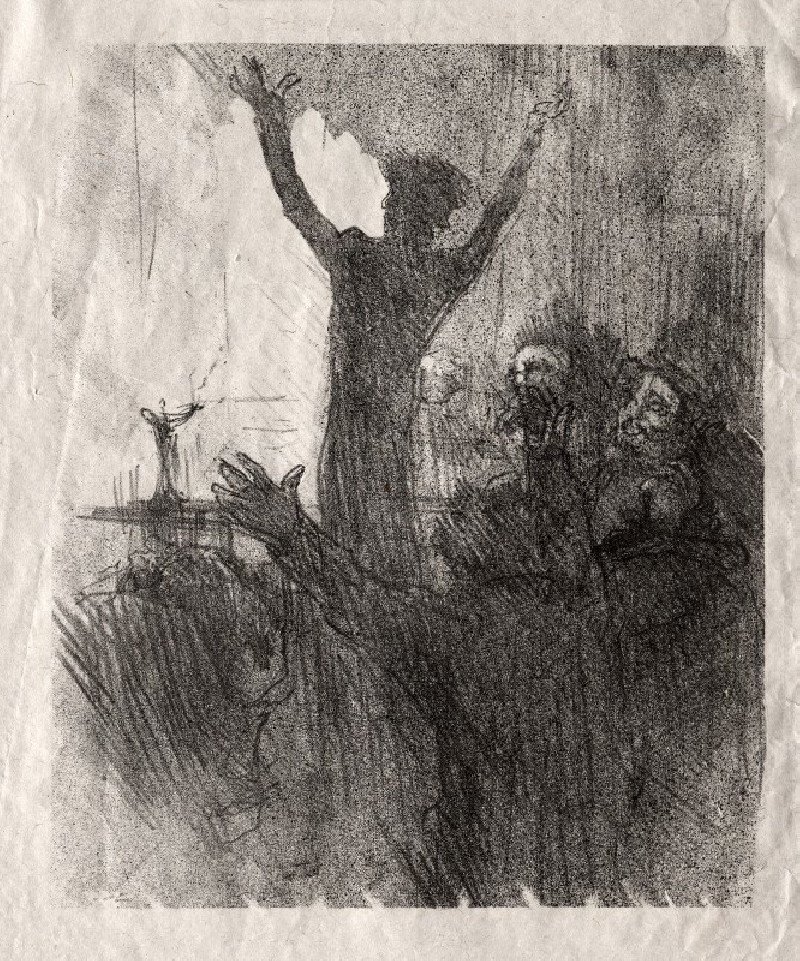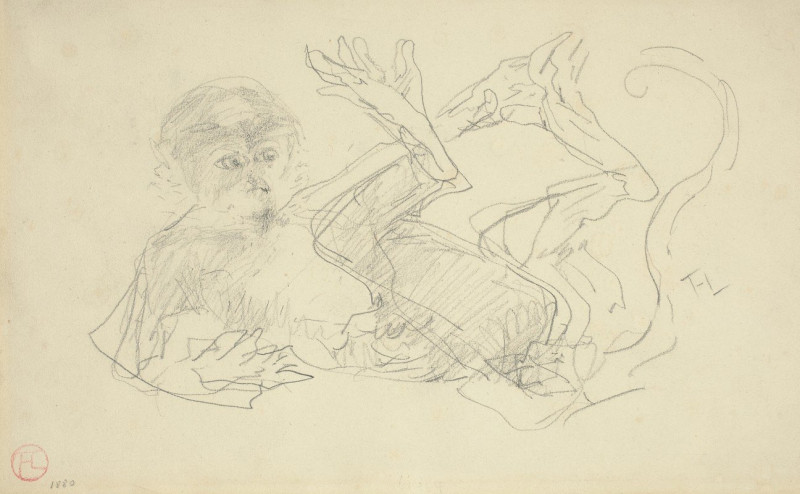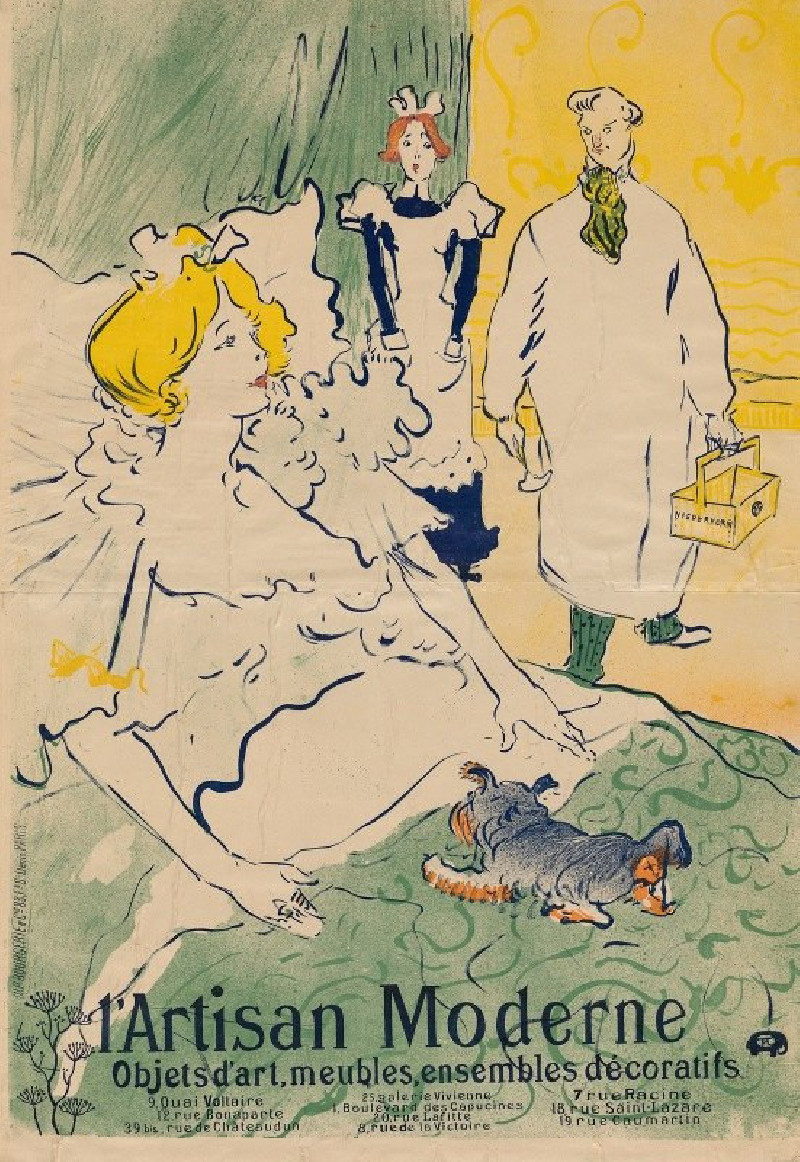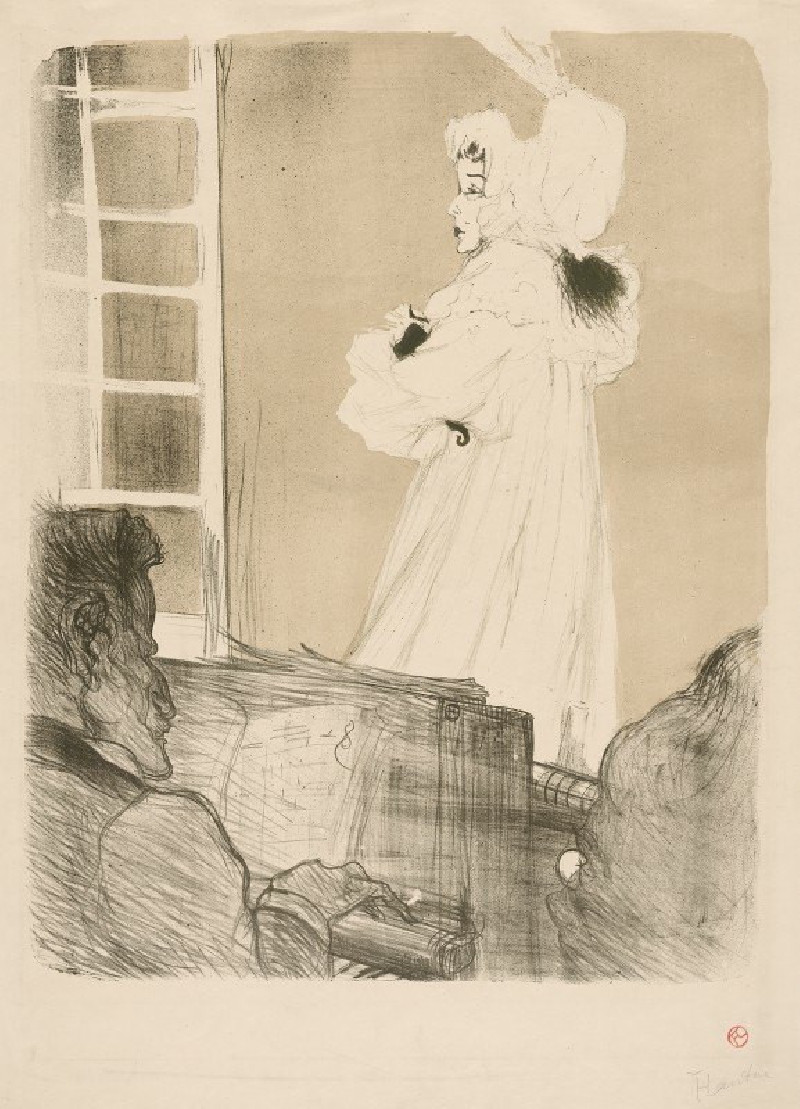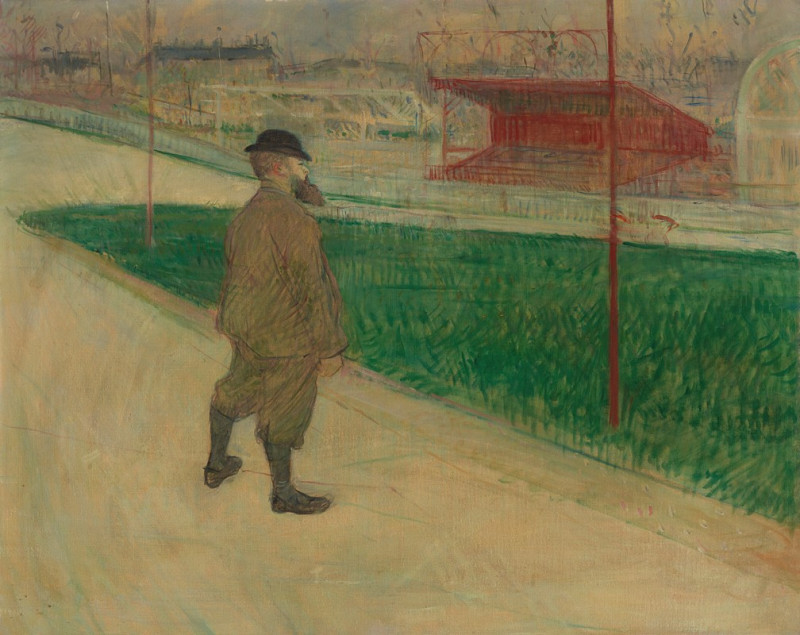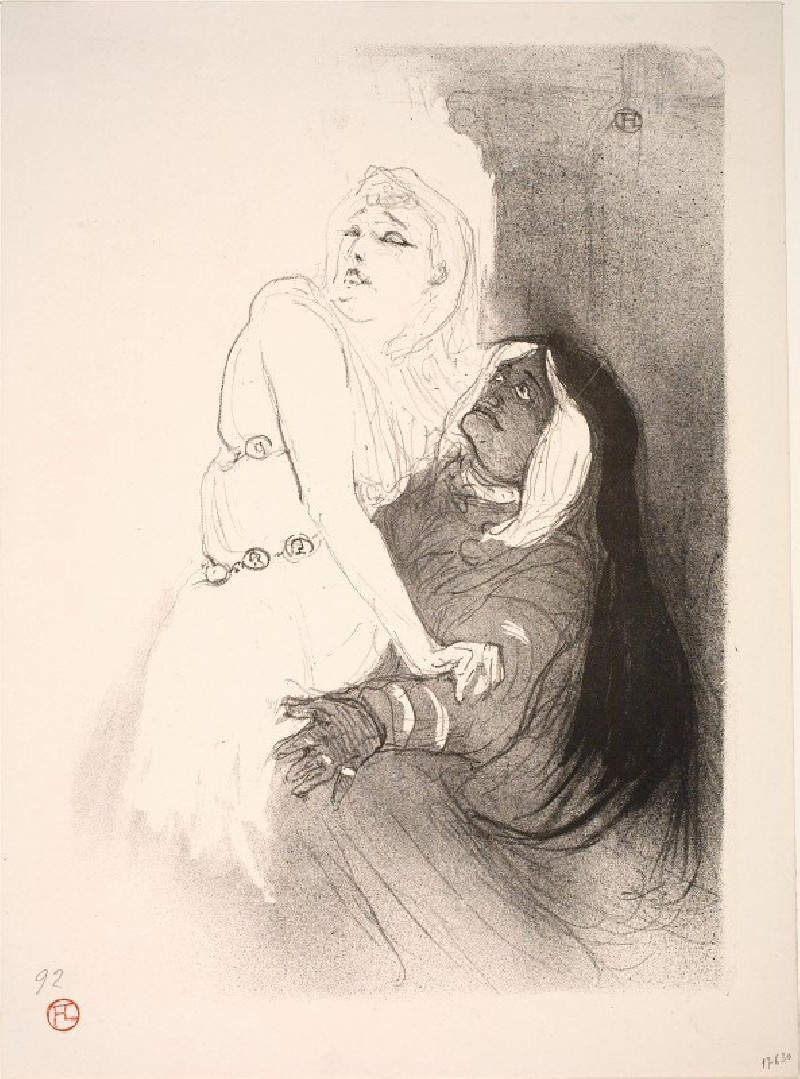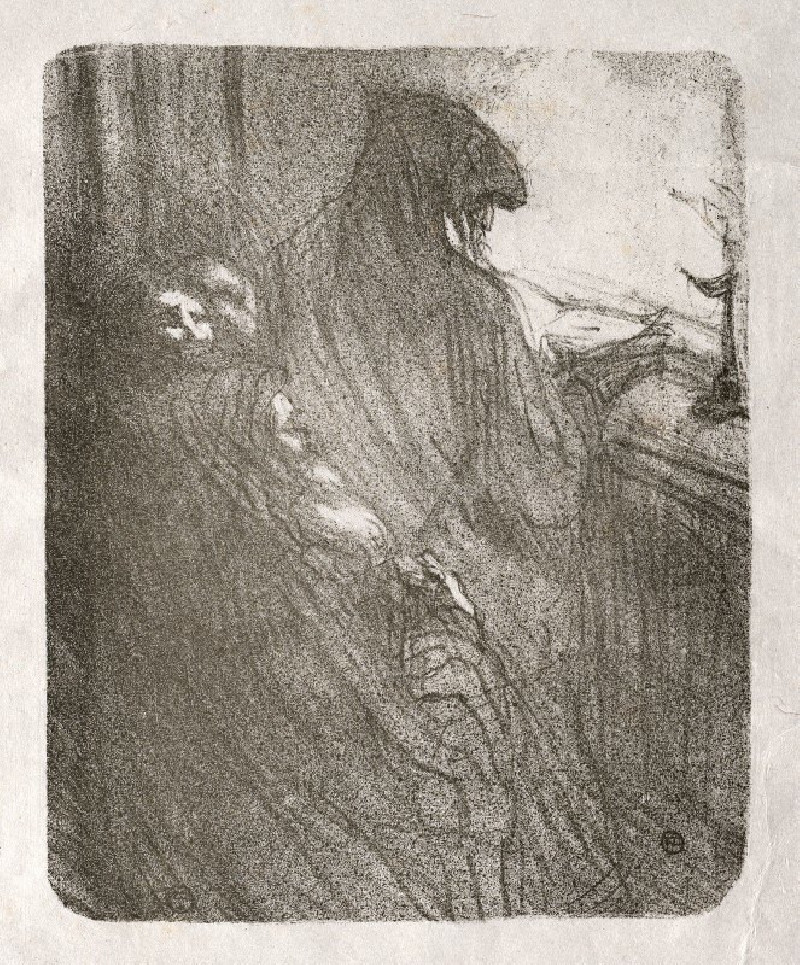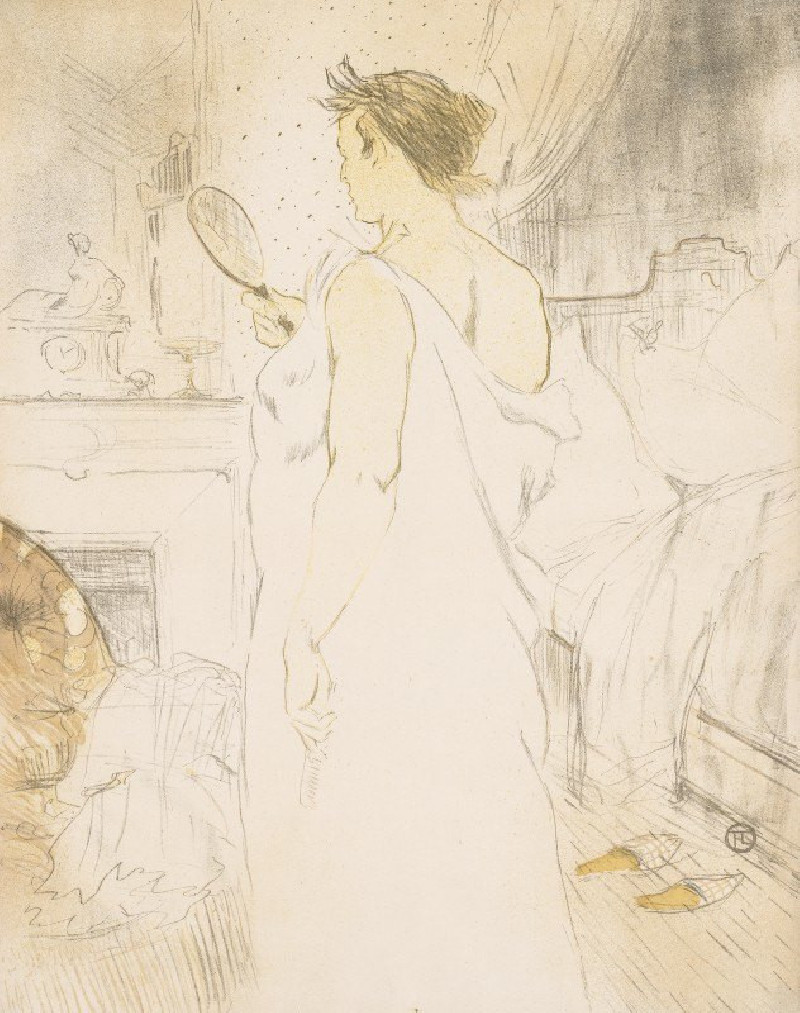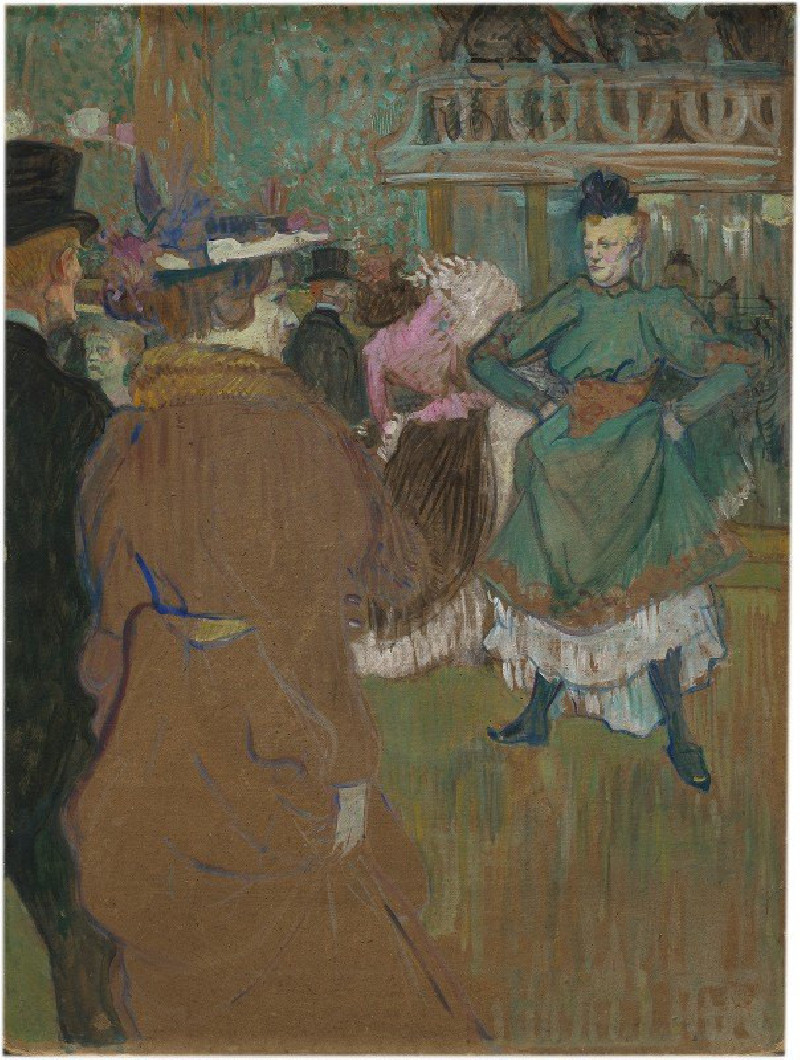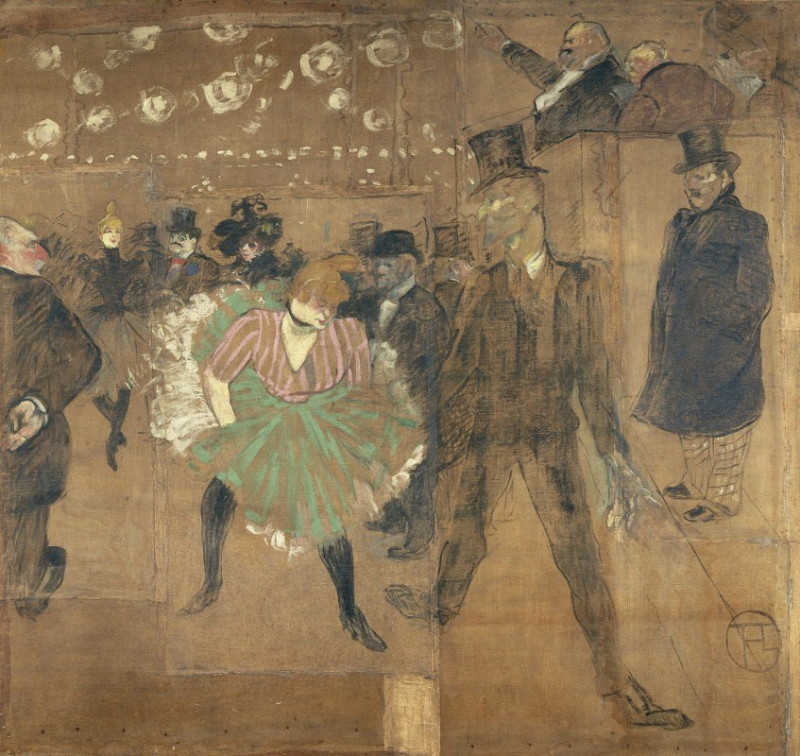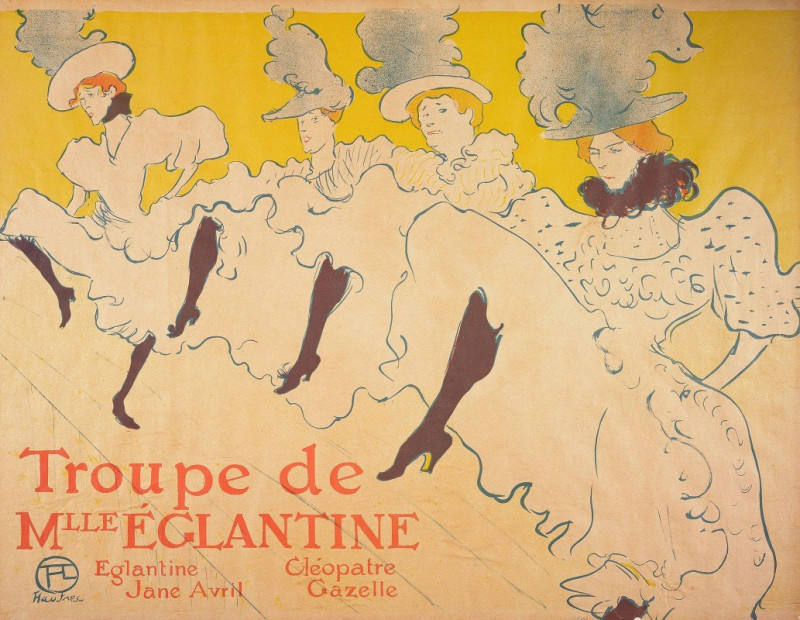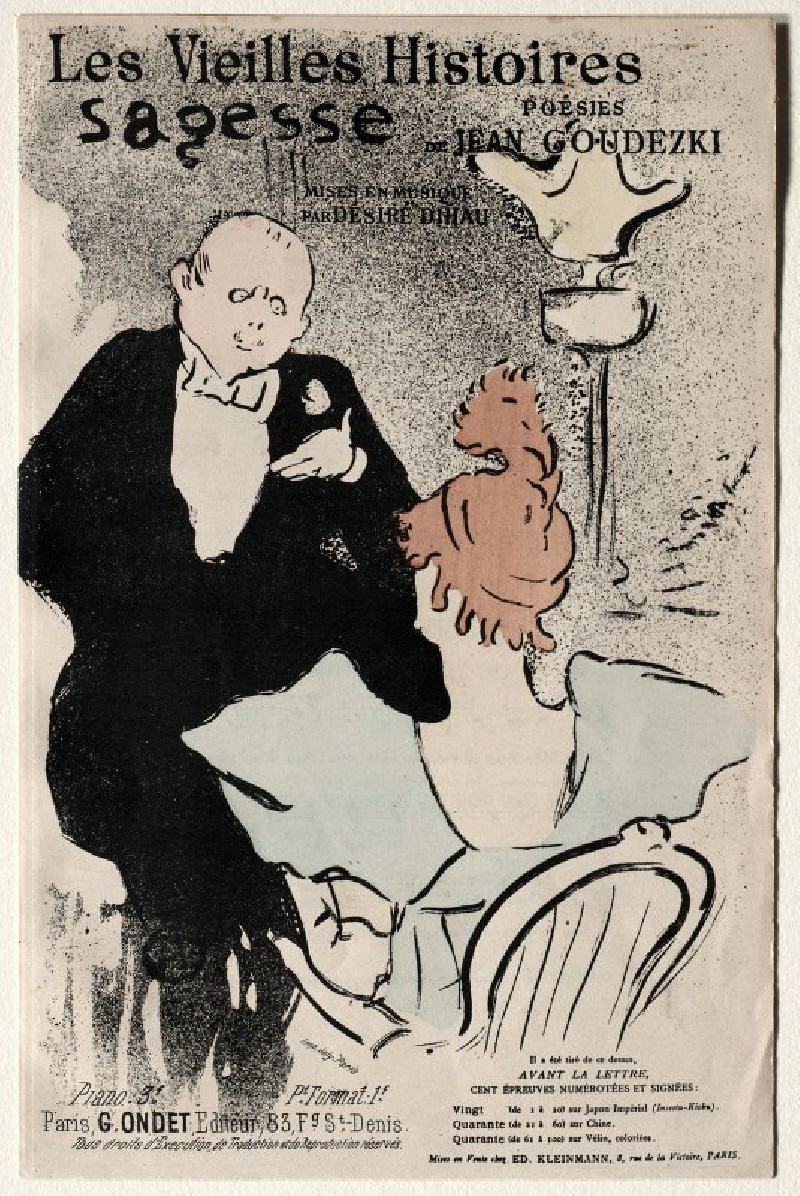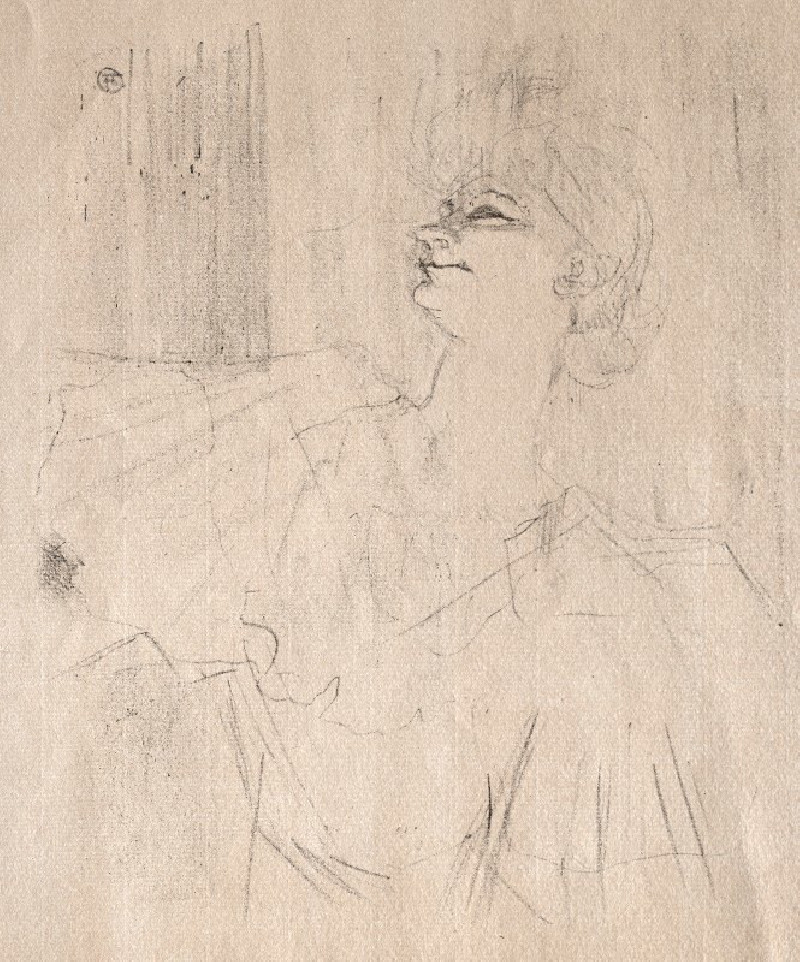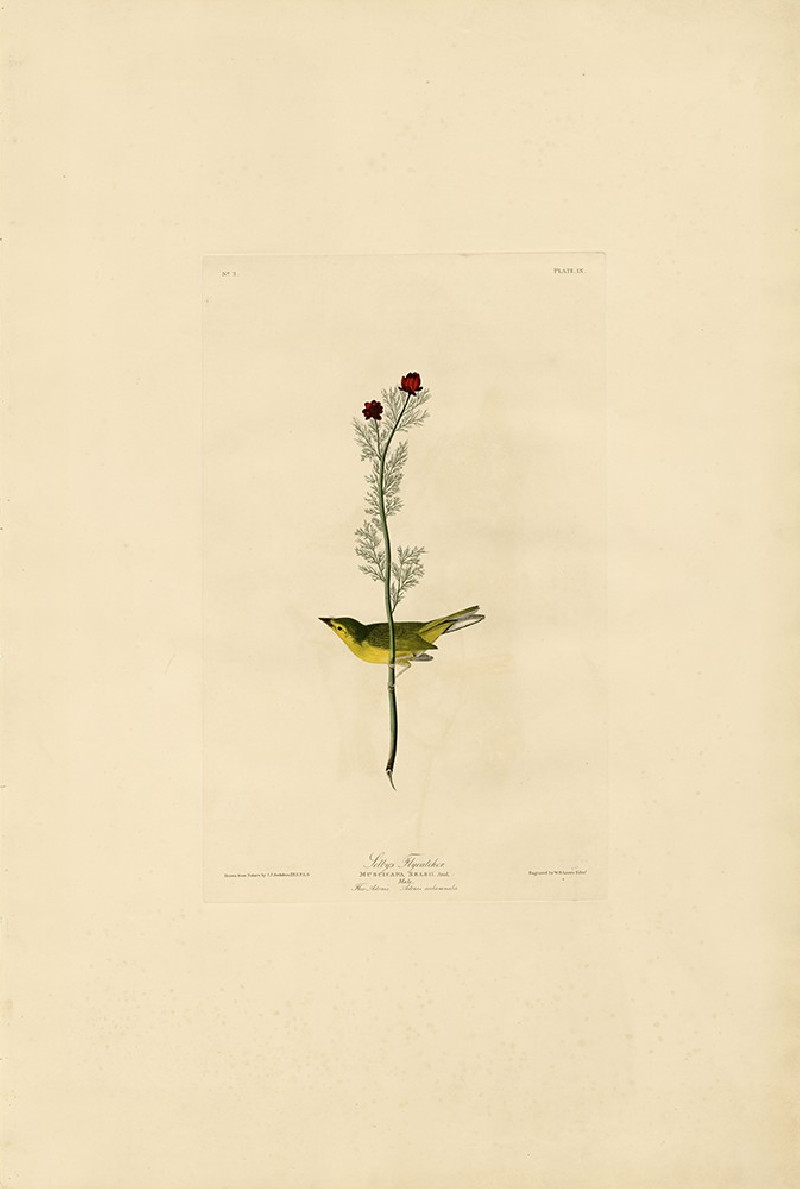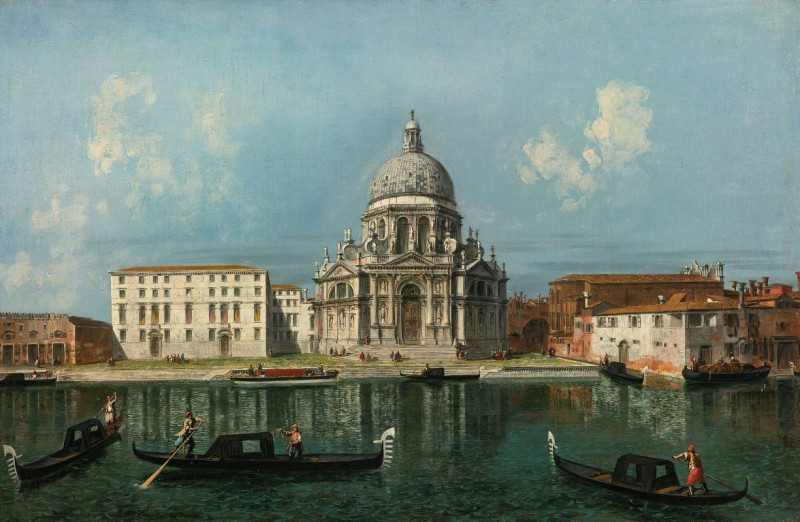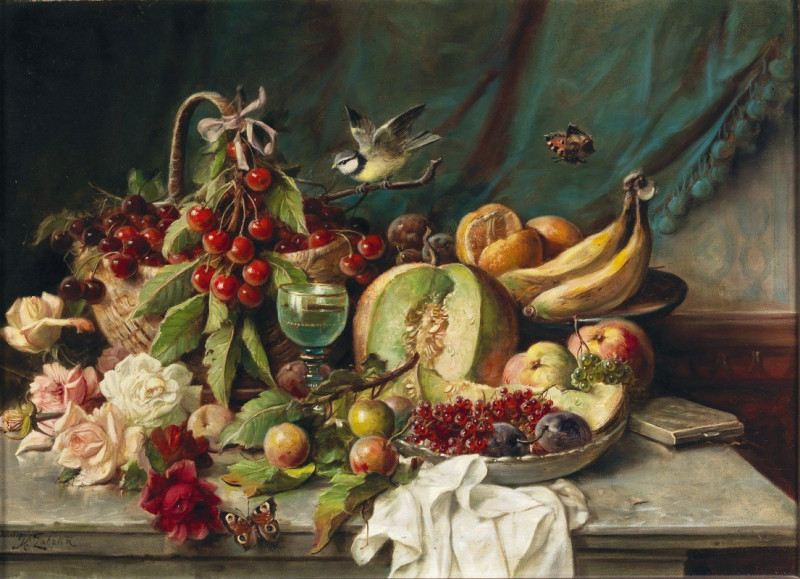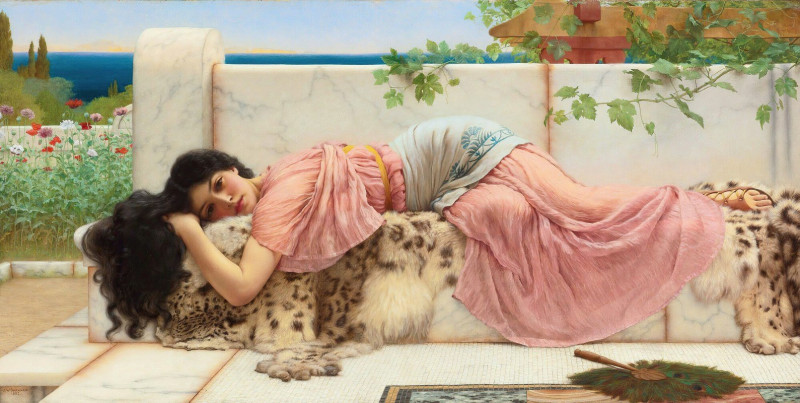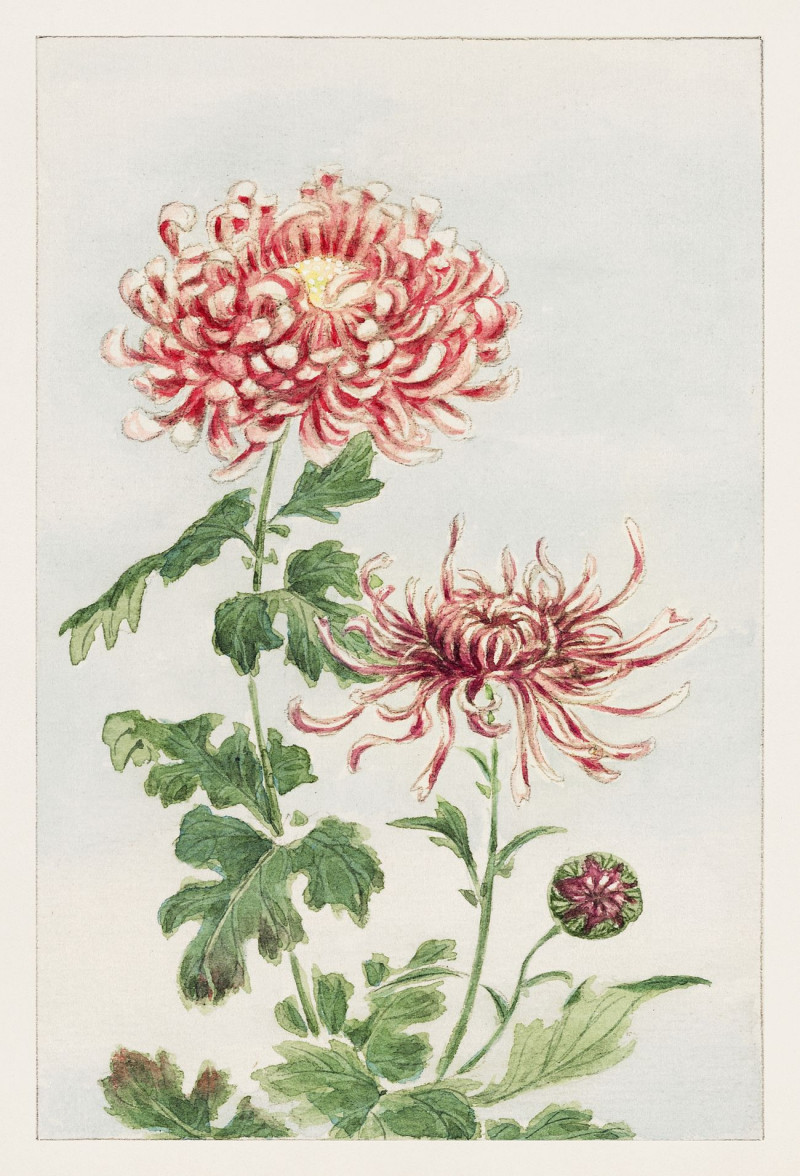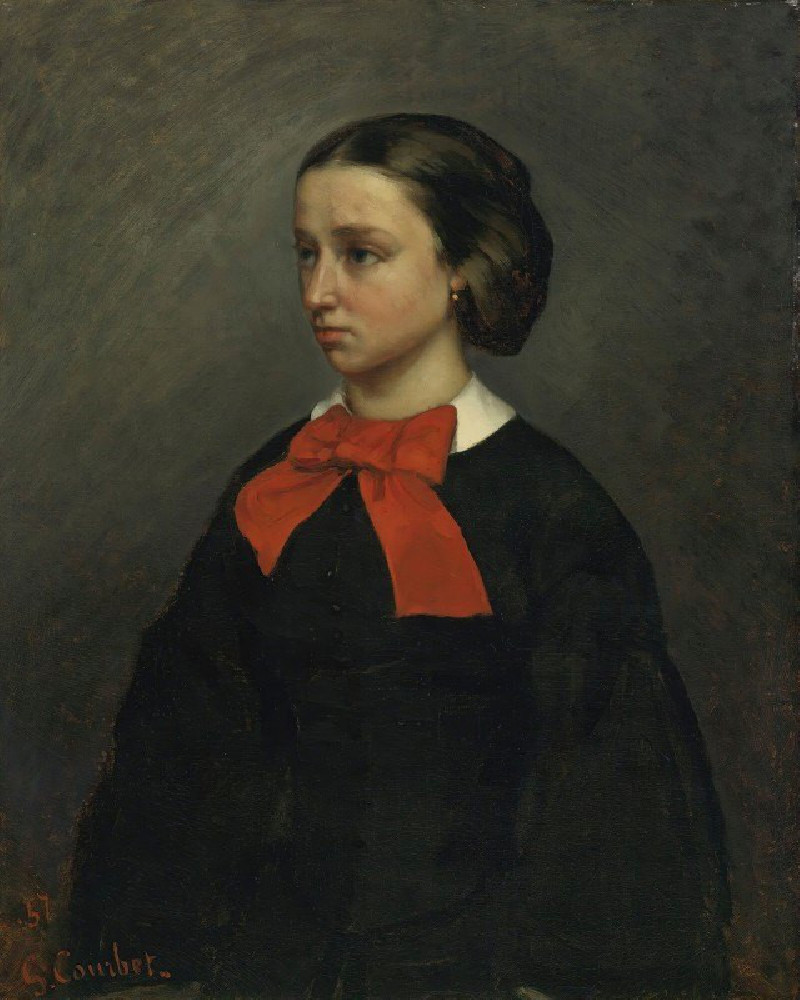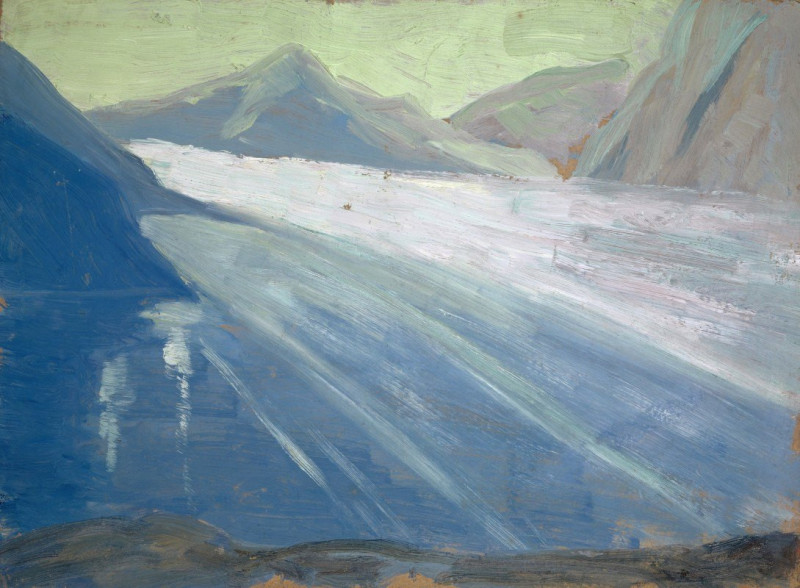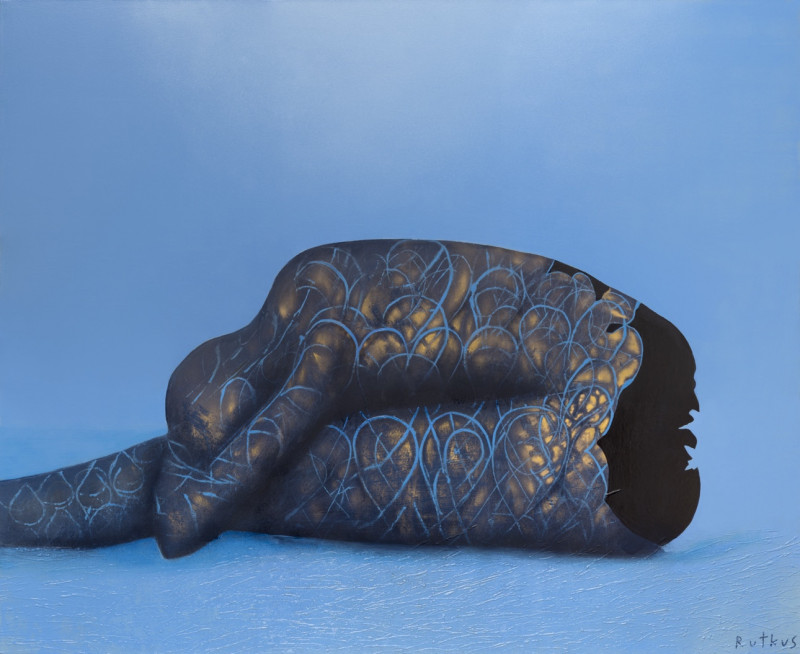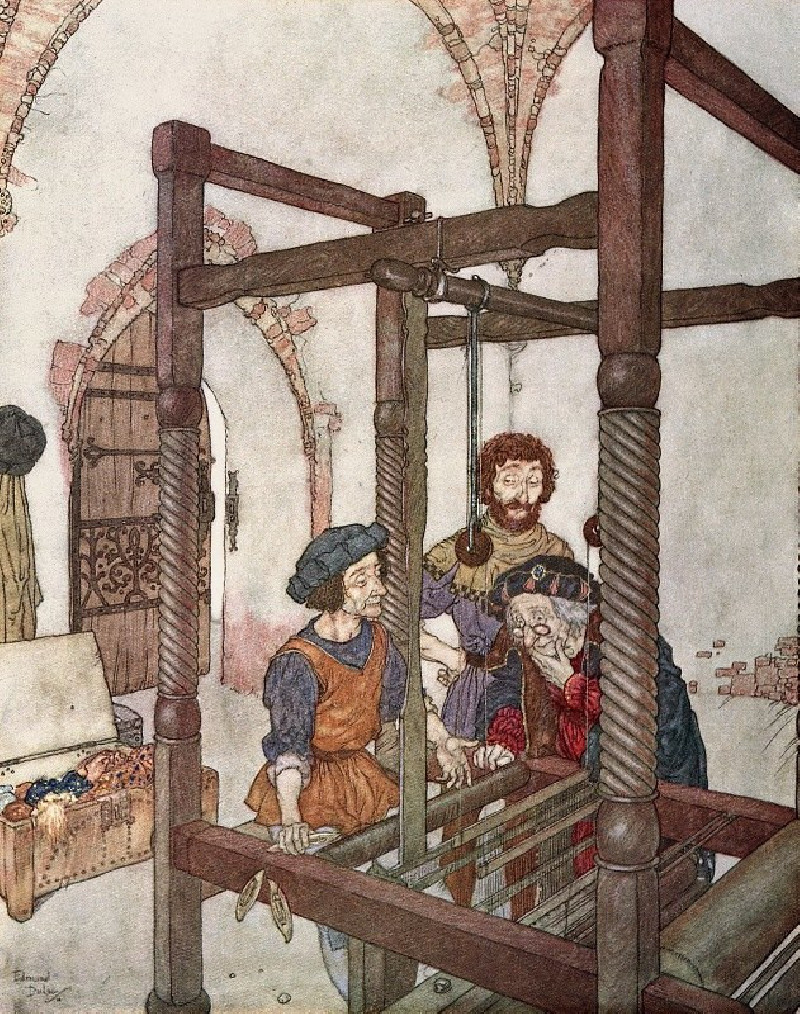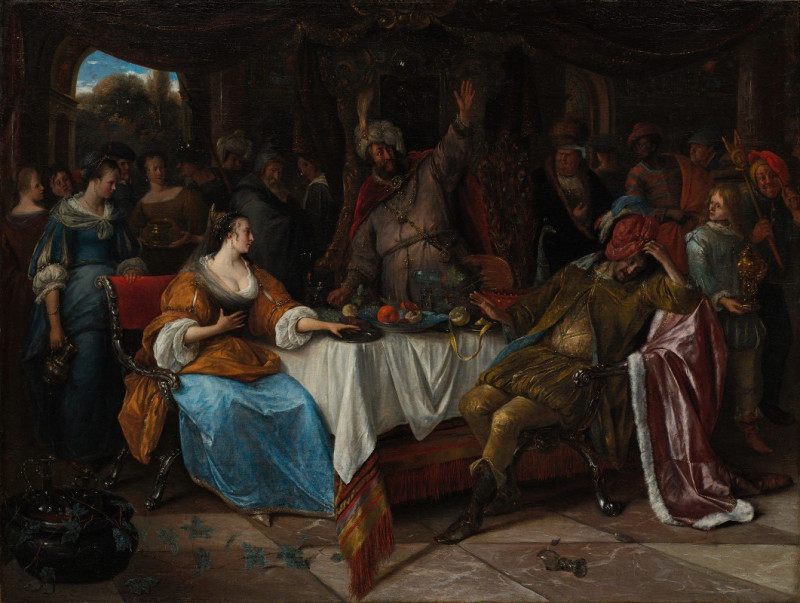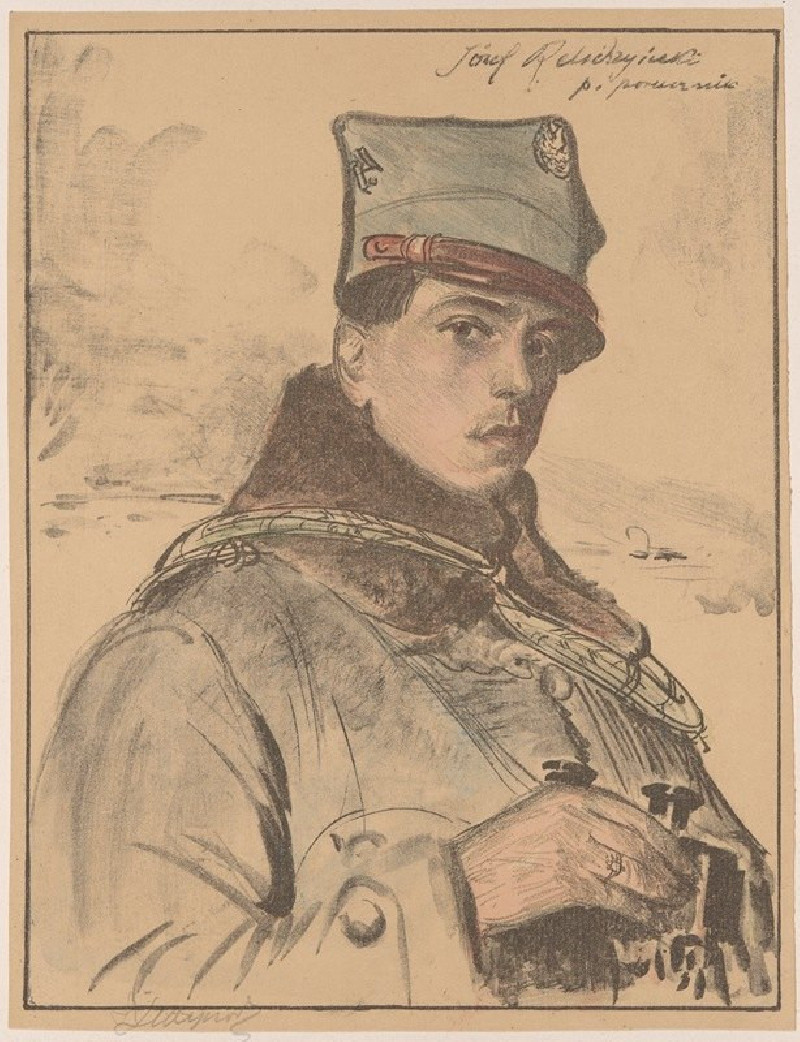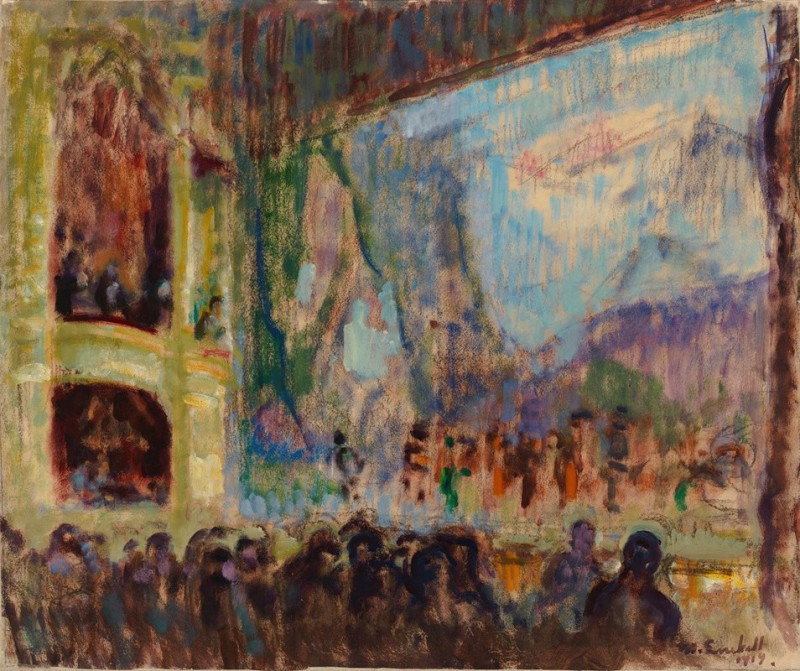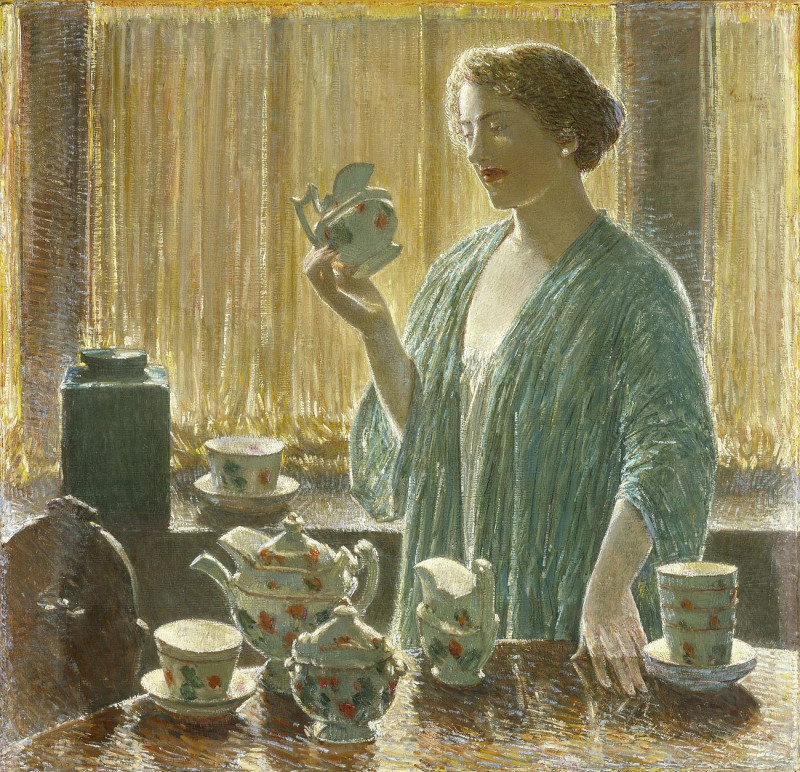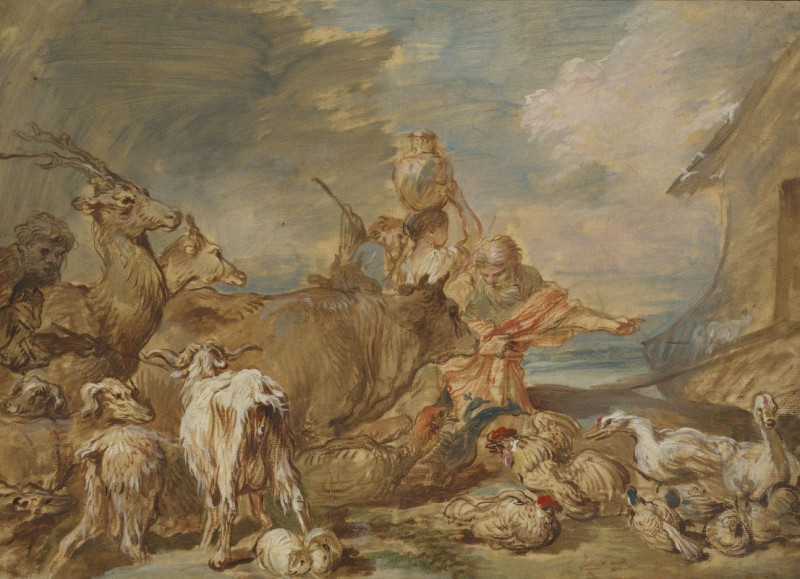Woman in the Garden of Monsieur Forest (1889–91)
Technique: Giclée quality print
Recommended by our customers
More about this artwork
Henri de Toulouse-Lautrec's evocative masterpiece, "Woman in the Garden of Monsieur Forest," painted between 1889 and 1891, offers an intimate glimpse into the lush solitude of a private garden. The painting captures a woman, her gaze introspective and slightly downward, enveloped in the natural surroundings of vibrant greenery that almost seems to merge with her figure.Lautrec's use of color and swift, expressive brushstrokes accentuates the atmospheric and mood-driven quality of the piece. The woman is adorned in a soft pink dress that contrasts beautifully against the earthy tones of the garden. Her contemplative demeanor and the serene outdoor setting evoke a sense of quietude and personal reflection.This painting not only highlights Toulouse-Lautrec's talent in portraying the subtleties of human emotion and the interplay of light and color but also reflects the artist's sensitivity to the inner lives of his subjects.
Delivery
Returns
Comte Henri Marie Raymond de Toulouse-Lautrec-Monfa (24 November 1864 – 9 September 1901), known as Toulouse Lautrec was a French painter, printmaker, draughtsman, caricaturist, and illustrator whose immersion in the colourful and theatrical life of Paris in the late 19th century allowed him to produce a collection of enticing, elegant, and provocative images of the sometimes decadent affairs of those times.

